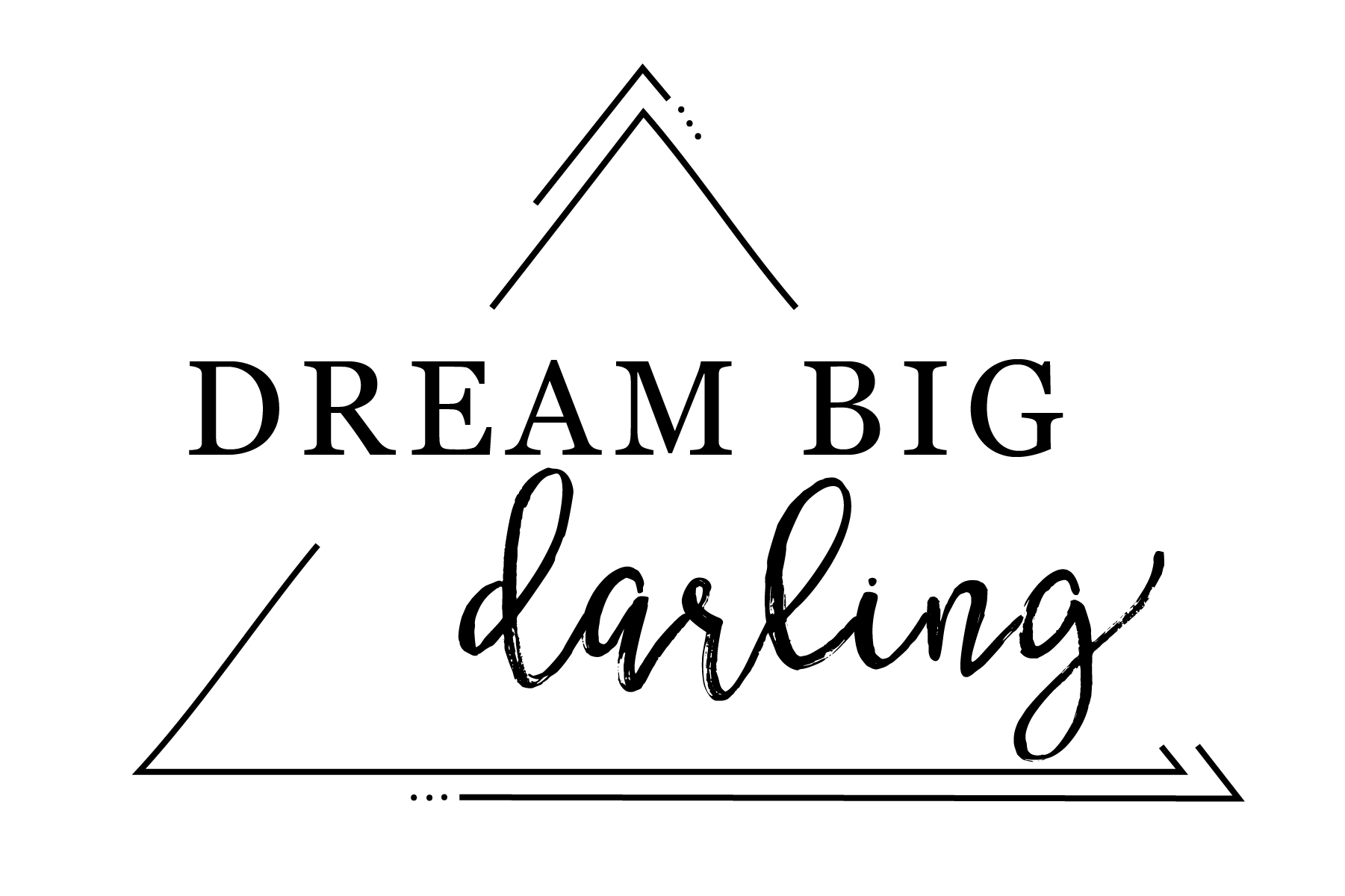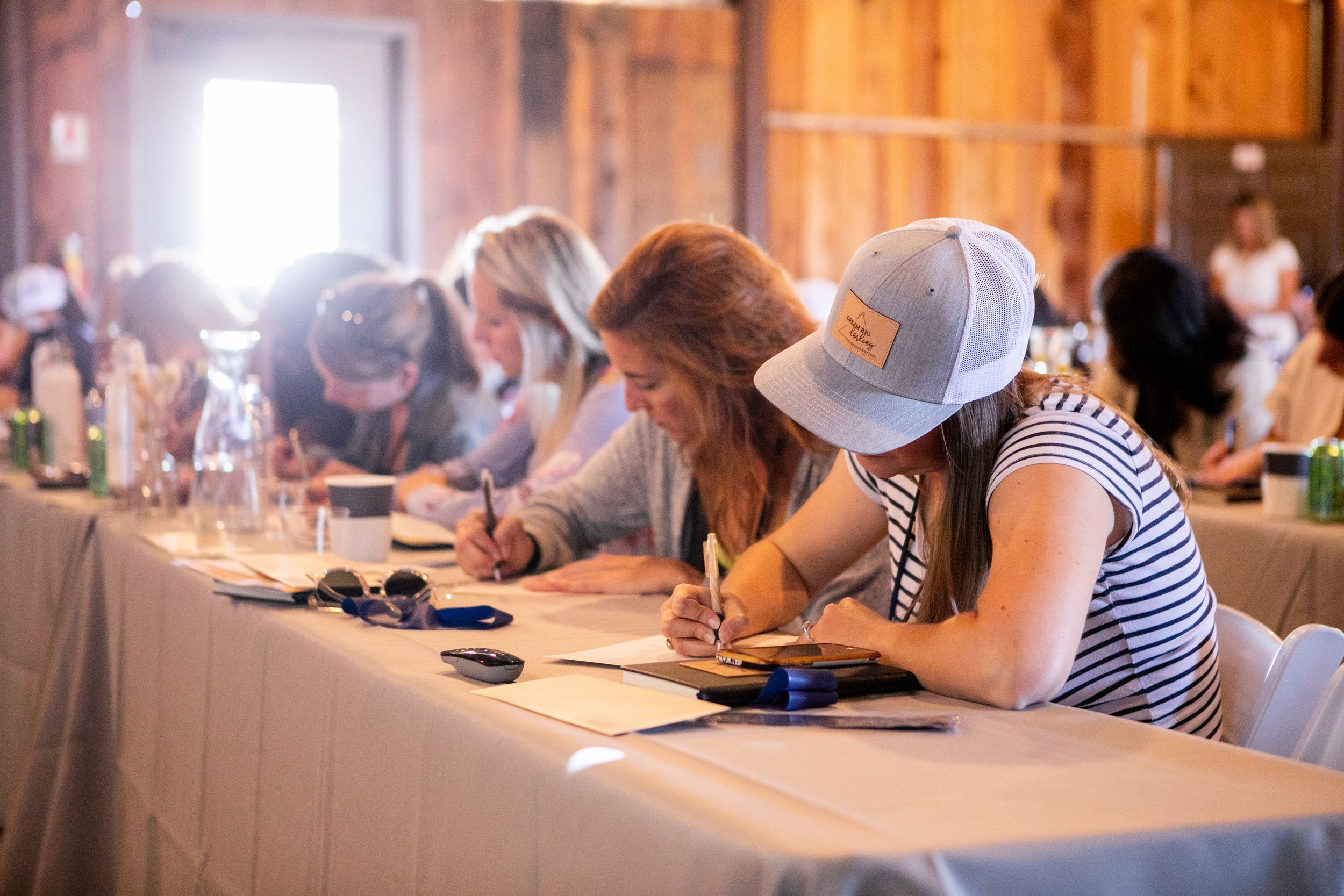Make Your Mark
An editors’ roundtable on how to pitch, crafting your best work and why writing is key to future generations.
Dream Big Darling, Nov 2023
AS A NEW OR EMERGING WRITER, pitching an editor or content manager on a story can be both confusing and intimidating. Once you’ve secured an assignment, delivering a solid piece that showcases your unique voice and talent can also be daunting.
It’s important to put your best and most professional foot forward, especially in the initial stages of building media relationships. Though criteria can vary dependent on publication and even individual editors, there are good practices that will help ensure your idea gets the attention and consideration it deserves—and that your resulting work is an apt reflection of your capabilities.
Dream Big Darling recently tapped three media industry experts—Meridith May, editor and publisher of Tasting Panel and Somm Journal (and co-founder of the Fresh Voices program); Susan Kostrzewa, founder of Resplendent Ink Content Consulting and former editor-in-chief of Wine Enthusiast Media, and Erin Kirschenmann, managing editor of Wine Business Monthly— for their insights and tips on how to pitch, and deliver, the stories you’re eager to tell.
Know the audience
Do your homework on the publication’s audience before pitching them. Always read recent articles they’ve run for general insight on tone, perspective and style. In some cases, the publication will include a mission statement on their site which is also helpful. “My readers are those who work for wineries, growers, industry vendors and suppliers,” says Kirschenmann. “I can't tell you the number of pitches I get on things like ‘The Top Five Newest Wineries of Mount Etna,’ and that is a fun story, but my readers want to know about yeast trends or the latest research on smoke taint. Getting to know the publication and who they're serving will make your pitches stronger and will make an editor more likely to say yes.”
Get a lay of the land
To be strategic in your pitching, to gain perspective and to hone your craft, says Kostrzewa, “set aside time to read other stories and writers being published in your desired category and beyond, not just at the publication you’re pitching, but at other outlets as well. It is asking a lot for busy people, but it does make a difference. It’s positively reflected in the way that you pitch, the initial dialogues you have with editors and the quality of what your eventually write.” She adds: “You don't want to replicate the same stories everyone is writing, and perspective can lead you to an angle on a story that hasn't been seen.”
Finding confidence and a voice
When choosing a topic or crafting a story, all three editors agreed that leaning into topics, perspectives or tones that are natural to you often produces the best work. Writing what you know “tends to just make for better writing and a more confident voice, even for new writers,” says Kostrzewa. “There's just a strength in speaking from your own perspective and experience.” The increased interest in stories through a personal lens is an opportunity, says Kirschenmann, to grow on many levels. “I've been more vulnerable [in my writing] over the last three years and it’s actually helped my career quite a bit. It has created connections with other people that I wouldn't have thought of before. And it's more fulfilling that way. It makes for a better story in the end. It makes for a better connection, better networking, just a better life.”
Pitch your mom
Regardless of outlet choice and especially if the topic is complicated, Kirschenmann suggests running your pitch by someone who can quickly tell you if your idea is clear and makes sense before you send it, and that includes “your mom or somebody who is not in the wine business or has anything to do with the topic.” Ideally, she says, “they'll start asking questions and putting things in a different perspective that may help you rethink the story.”
Find your contact
Make sure to look at the masthead or website for more insight on where to send pitches, and if there’s a submission guidelines section on the site, read it. If still unsure, send an email to the logical person with a simple, “Can you guide me to which editor for pitching print or digital?” before sending more information. When you do find your person, May suggests an initial pre-pitch email briefly introducing yourself and your qualifications for writing for the publication, “to get a relationship of some kind going, and get a communication line open.” She adds, “I do not respond to what looks like a mass email that’s been sent out to the world” and says a smart, bespoke communication distinguishes you “in between all the noise.”
Know your lead time
Publications often make their deadlines and production schedules public. Digital pieces generally have a shorter lead time and print longer. Getting that right helps your chance of landing an assignment. May says that her publications are working “three months ahead,” while Kirschenmann says she creates a calendar one year in advance: “As soon as that comes out and you see something on an editorial calendar, pitch the editor right away. I'm happy to assign an article [for print] a year in advance. If it’s an intense article, like a product review, a technical review, you kind of need that lead time anyway. So don't be afraid to be the first one.”
Don’t get lost in the ether, and be patient
Make sure your subject line is clearly labeled as an intro or pitch with a basic topic included, says Kostrzewa, as editors today can receive thousands of emails in a week. On that same note, says Kirschenmann, it may take some time for even an interested editor to get back to you. “Just remember that we're human, and we’re just slammed and doing the best we can. It's nothing personal.” Sending one or two follow up emails on a pitch, she says, is fine, but don’t overdo it.
Why me? Why this? Why now?
If you can answer these questions quickly in your bio and pitch, you’re already ahead of the game and thinking like an editor, says Kostrzewa, an advantage when building those relationships. Make sure your pitch makes an argument for the piece that shows you’ve thought the whole story through with those questions addressed. “There's so much research that can be done before you pitch, “explains Kirschenmann. “ ‘Why should my readers care?’ ‘What is the main point?’ You should be able to answer that with some brief anecdotal evidence. You should be able to answer that with data. Give me a stat from some reputable publication or agency. Tell me who your interviews will be. In a sentence or two, outline how that story is going to flow and what you'll be addressing. What are the top three takeaways from that story?” Seasonality matters too, says Kostrzewa: “Think about stories that have a timely hook and are tied to things like holidays, national events, etc. Those pieces are always needed, especially online.”
Be reliable
Adherence to deadline is essential for editors, so make sure you’re filing on time, or as May says, “I don't think it hurts to even file early. I think that shows enthusiasm and that certainly perks my ears up to possibly use that person again.” Kostrzewa agrees: “Especially as a new writer, you really need to come through on those first few pieces. Once you've established that you're reliable, that goes a long way with busy editors. And it’s not just being reliable on deadline and delivery, but actually giving them what you've agreed upon in the assignment.”
A word on press trips
Press trips are a great way of experiencing the world without breaking the bank. Just be mindful when pitching editors on a trip other writers in your competitive set have been on. Chances are those writers are pitching the same people with a similar story. “I can tell when somebody's been on a press junket or some sort of trade tour,” says May. “I get six pitches on the exact same story.” Think like a reporter on those trips, says Kostrzewa, and understand that the organizers/producers, “sometimes have their own agenda and the story they want you to tell, not necessarily the story you need/want/should tell.” Kirschenmann agrees. “You’re not their marketing arm. Bring it somewhere else. Take it in a new direction.”
Crafting the story
You’ve got the assignment. Now how to proceed writing the piece? Kostrzewa suggests creating an outline to start, even if the story morphs along the way. “It doesn’t have to be anything complicated or super formal. When I'm working on something, I find a simple outline to be really helpful and it keeps me from going on tangents mentally.” May stresses the importance of the lead paragraphs, saying, “The first two sentences of every story should have that grab and establish the voice of the writer and piece.” But Kirschenmann suggests holding off on writing the final lead until after the main story is created. “It’s one of the hardest to write,” she says, “and I think that's what trips a lot of people up. Find the story first. I never start out writing with my introduction, even if I have my outline and I know roughly what I want to say.”
Why what you’re doing matters for future generations
Beyond making a living and establishing a voice publicly, know that your work is helping build the future of an industry that will only become more important as time goes on. “Journalism and content are a reflection of culture and not only where it is now, but hopefully where it will be,” says Kostrzewa. “At its best, it can really connect people and empower them. It can mobilize them if that's the case. And I feel like the next generation has so much they’ll be facing that communication and sharing knowledge will be essential.” Kirschenmann agrees. “Telling stories, relaying news, getting information out there has always been so important and is going to continue to be so important. Fostering love for that, for writing in the next generation and helping them to use their voice…we would be nowhere without it.”
Want to meet Erin and Susan in person and hear more about how to tell your story, among other inspiring topics? They’ll be part of our all-star panel for the January 2024 Dreamer Exploration Summit in Paso Robles! Open to our Dreamer community, non-member emerging women wine professionals and scholarship winners, this day will feature in-person sessions—Telling Your Best Story, Bringing Your Dreams to Life, The Four Ounce Pour and Paying It Forward—with a focus on bringing your best to your business and community.

